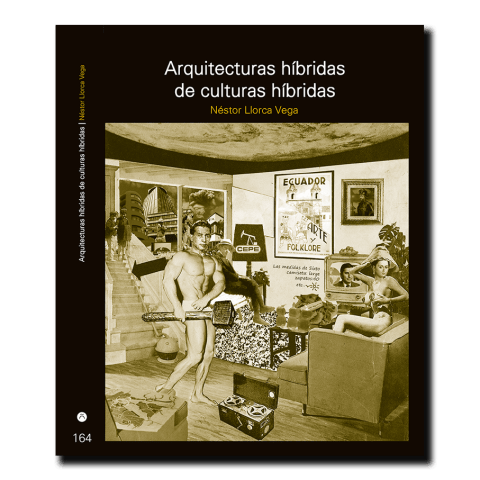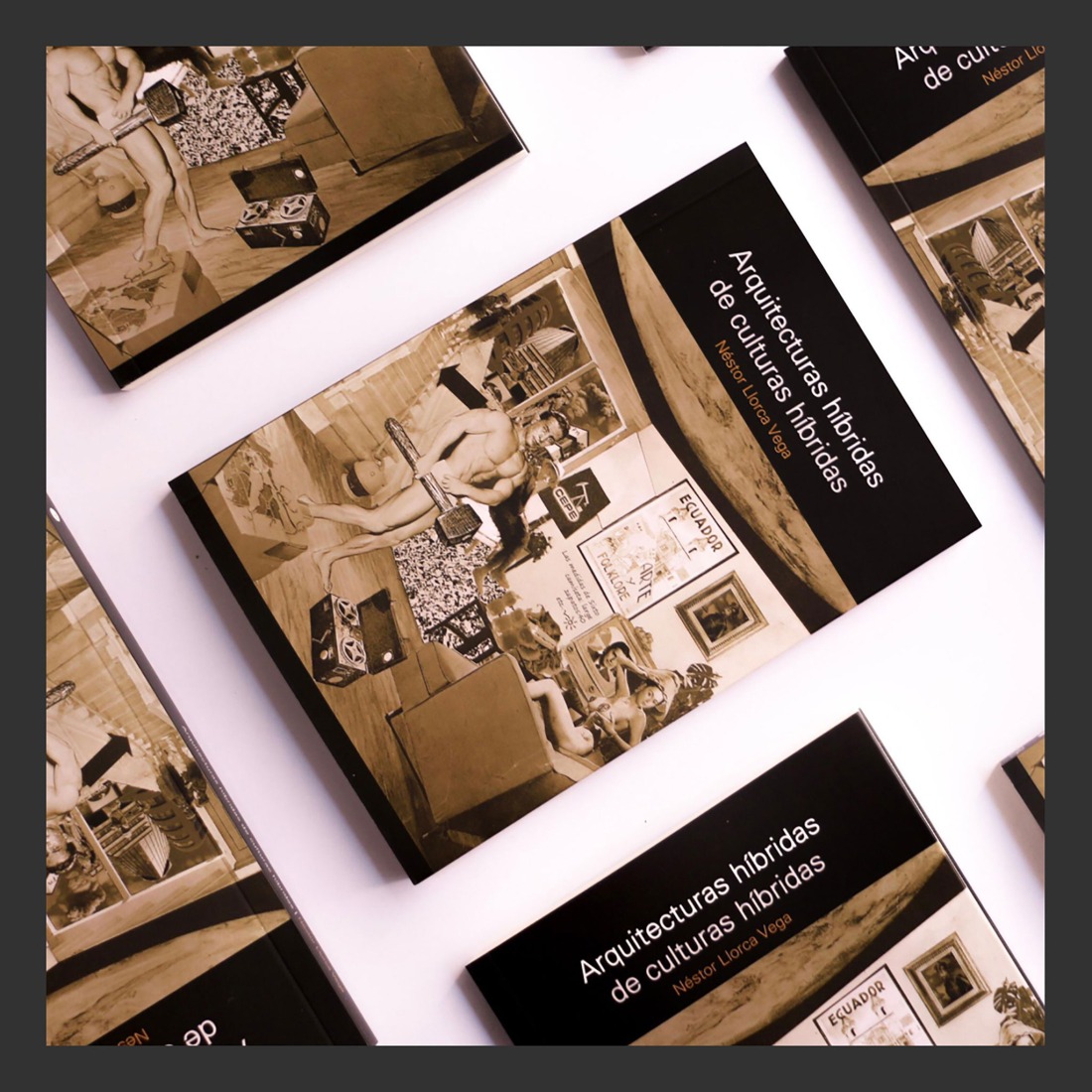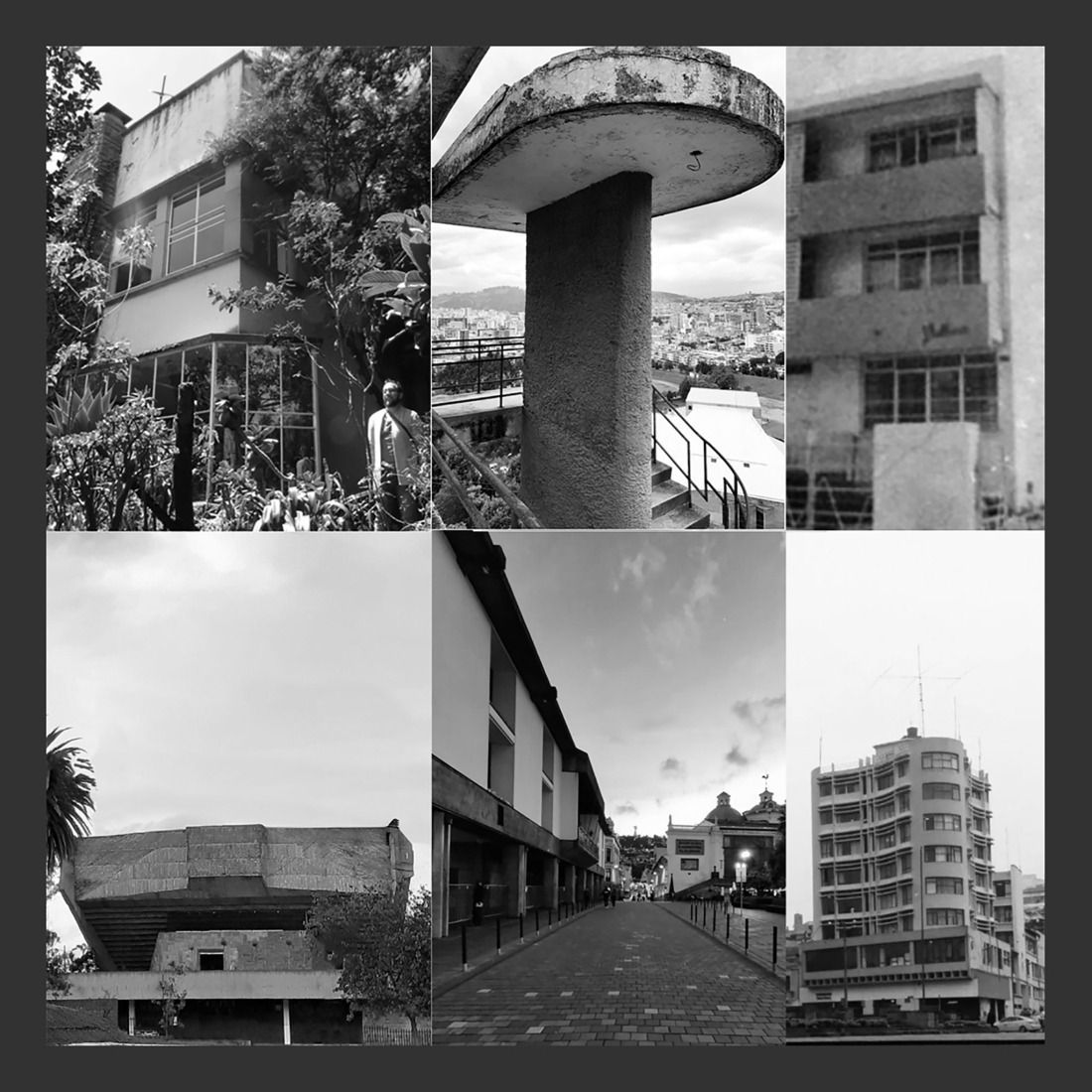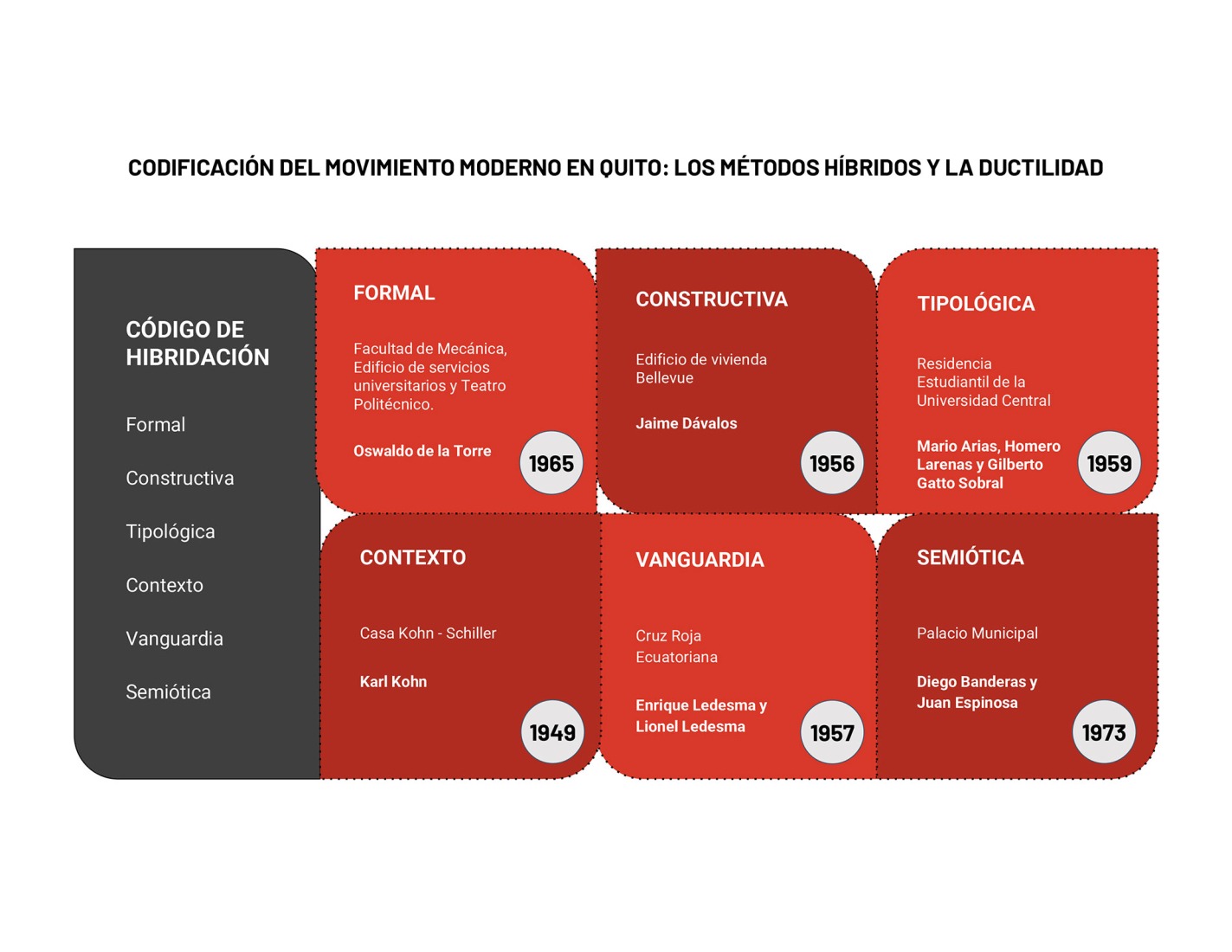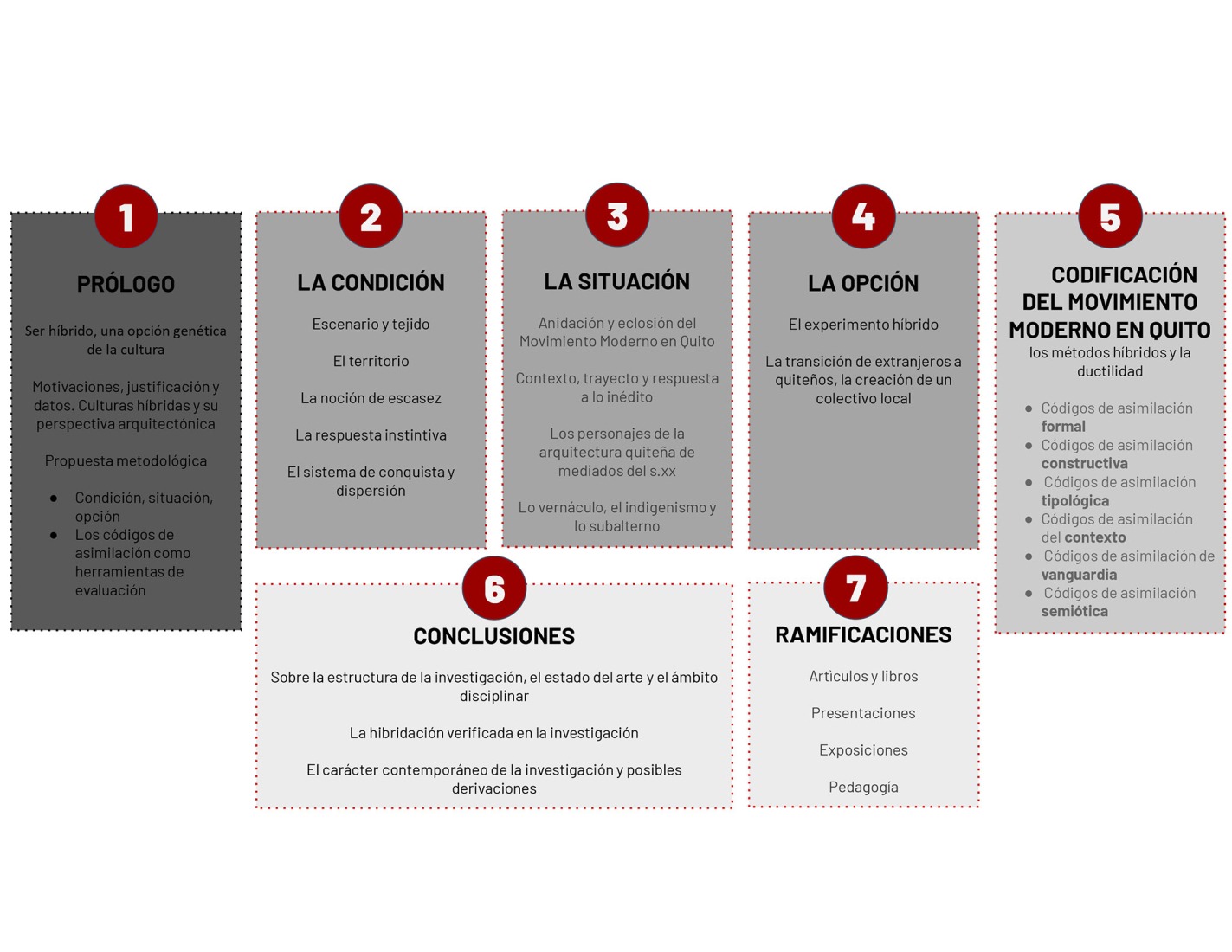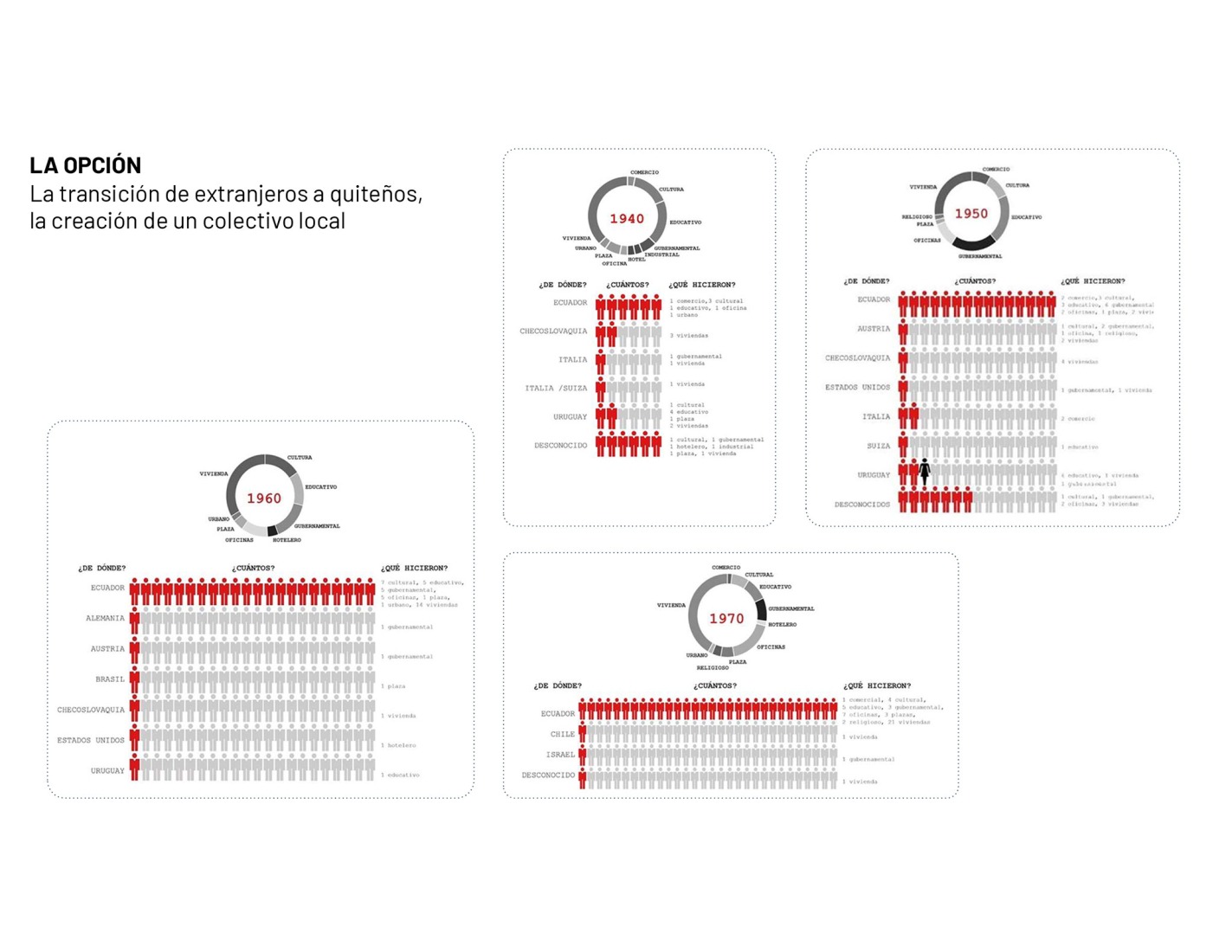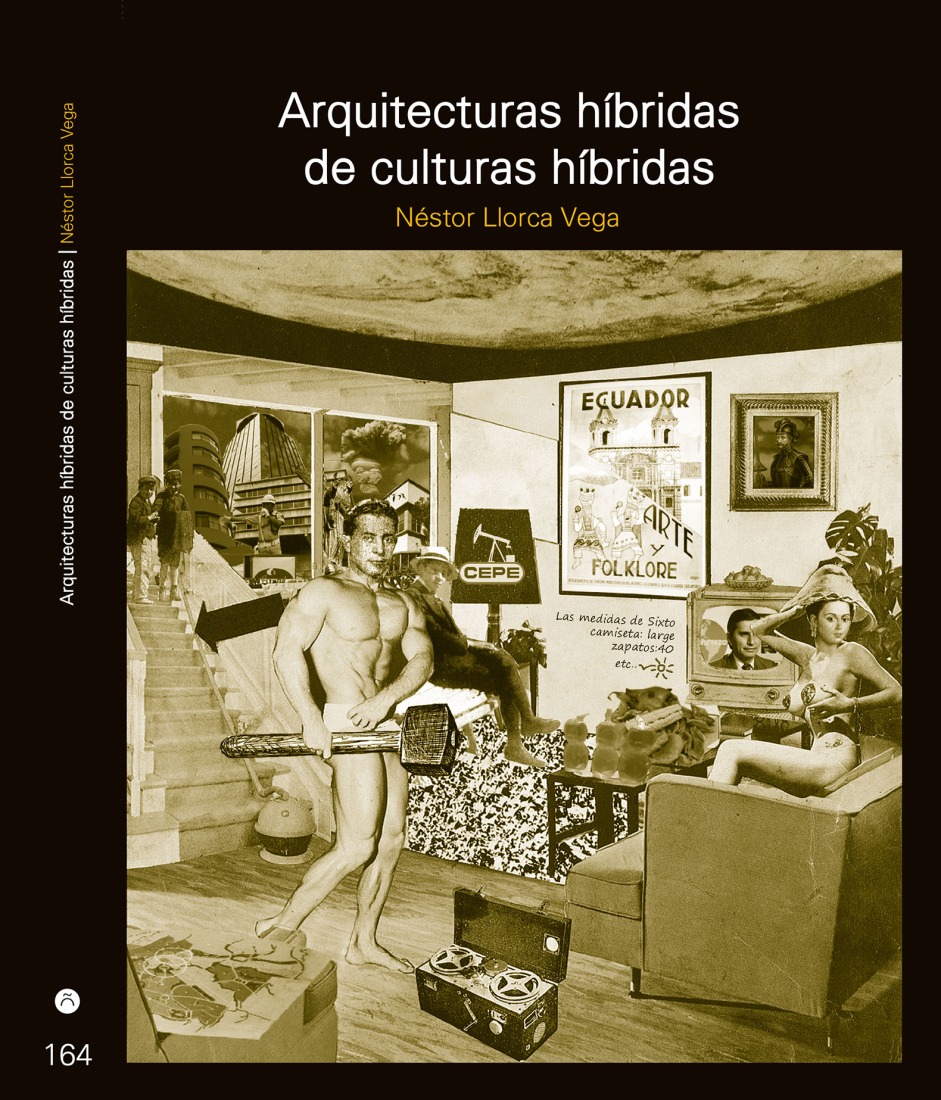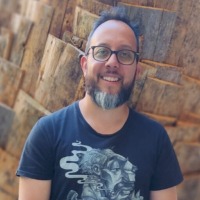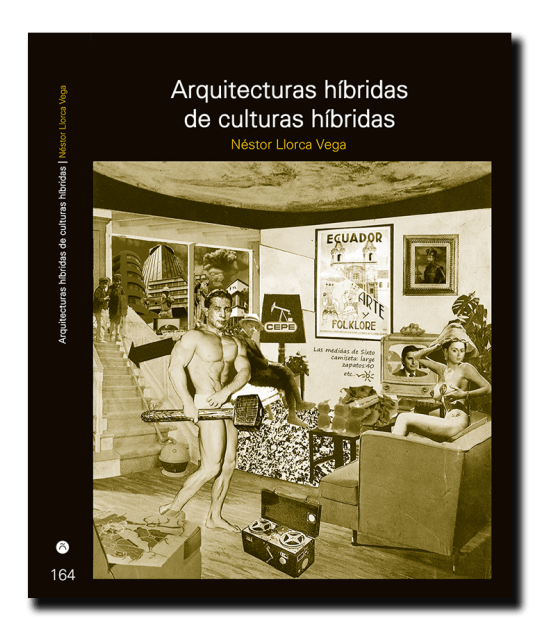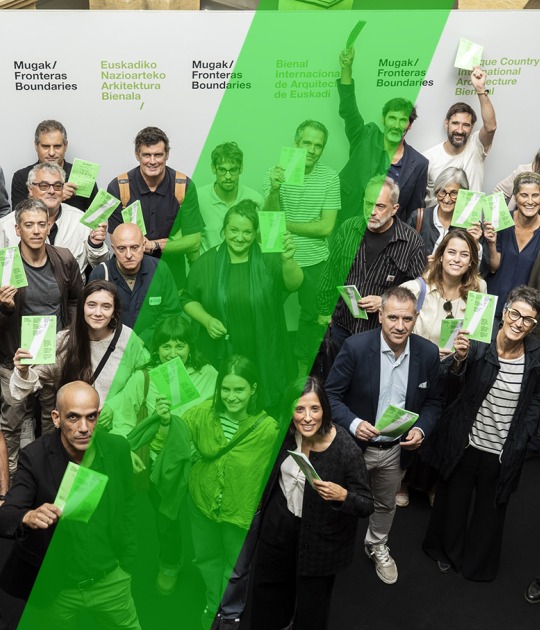Néstor Llorca Vega explains how the local Modern Movement emerged during this period, expanding cultural resources and influences on the architecture of the Ecuadorian capital. To classify this, he creates three families, which are differentiated by the factors that influenced the project decisions in each case: their condition, location, and choice.
These families analyze each part of Quito's territory, the people involved, and the decisions made in the construction of the city, not in a linear fashion, but rather in a concatenated manner, that is, through the events and interactions that give rise to other situations.
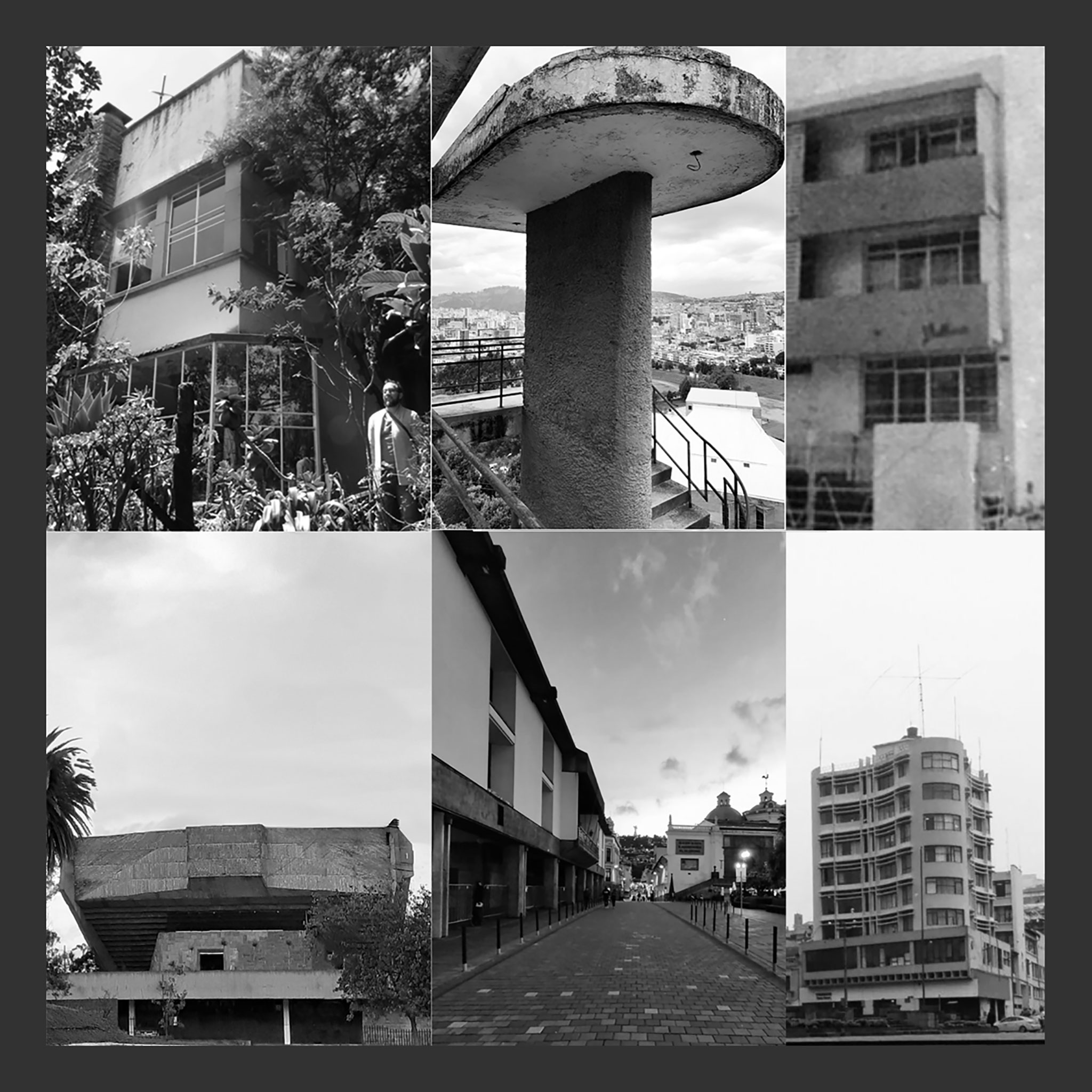
Quito buildings. "Arquitecturas híbridas de culturas híbridas" by Néstor Llorca Vega.
Thanks to this analysis, Llorca Vega is able to identify the codes of hybridization, which study how the Quito Modern Movement uses its strategies to create the architecture of the capital.
“This attention to history, to painful memories, to social and physical geography, to soil and water sciences, led us to consider project hypotheses in their dynamic dimensions.”
Julie Martin Daydé, University Grenoble Alpes.
“I know the link that the city of Quito has with my old Europe due to the practices of those architects who had, as Nestor has had, the opportunity to make an architectural reflection from two positions, two continents and two cultures, and on the same place.”
Ricardo Lajara Olmo, director of the Thesis.
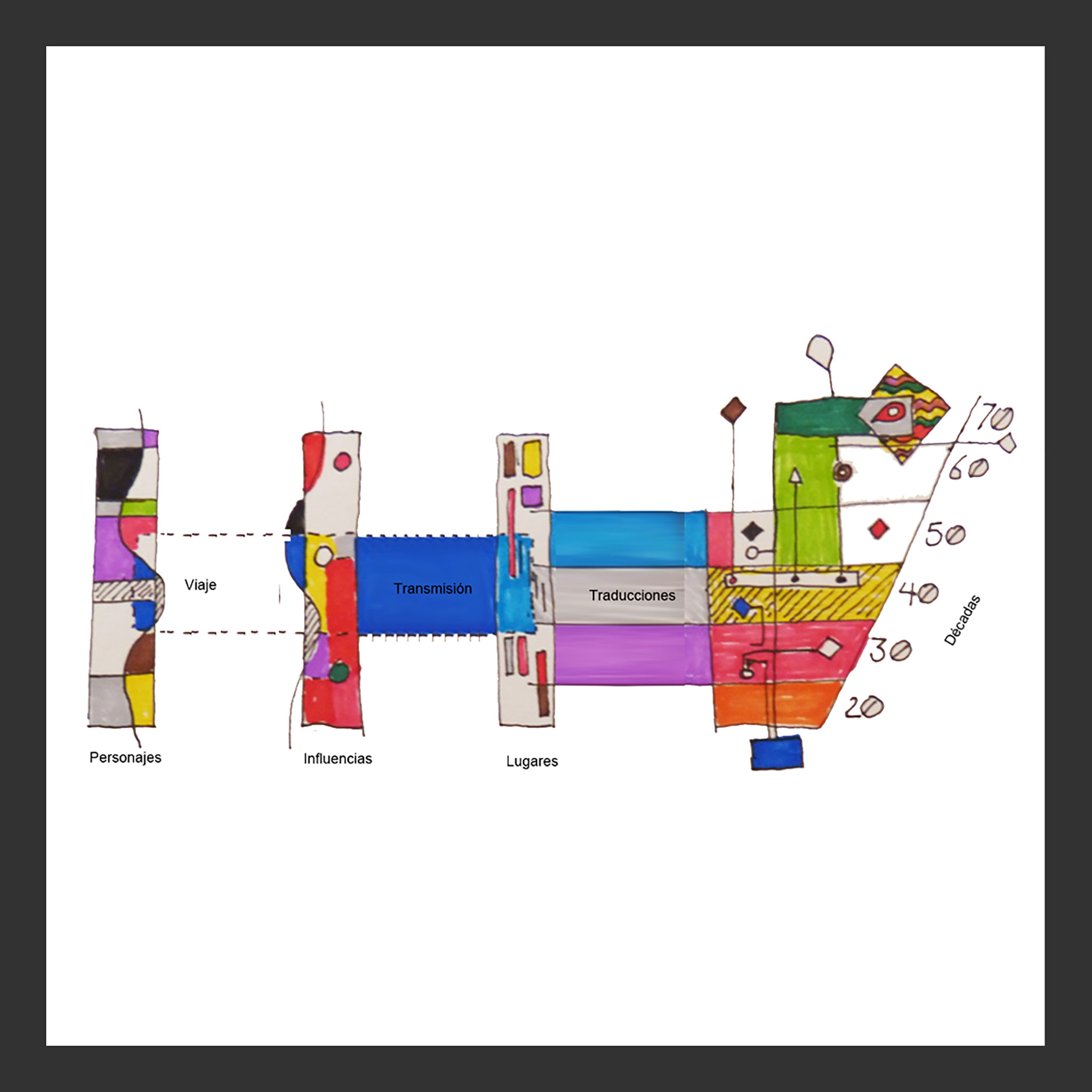
Time line. "Arquitecturas híbridas de culturas híbridas" by Néstor Llorca Vega.
“Néstor Llorca's research invites us to leave those common places and reminds us, in a subtle but forceful way, that we are products of a historical CONDITION, of a geographical and social SITUATION, but that we possess the OPTION to choose what finally defines or CODIFIES us.”
Verónica Rosero Añazco, Universidad Central del Ecuador.
“Llorca unravels the logics of production and reception of these hybrid architectures, offering an integral vision that places Quito on the map of international debates on architectural modernity.”
Roberto Goycoolea Prado, University of Alcalá.
